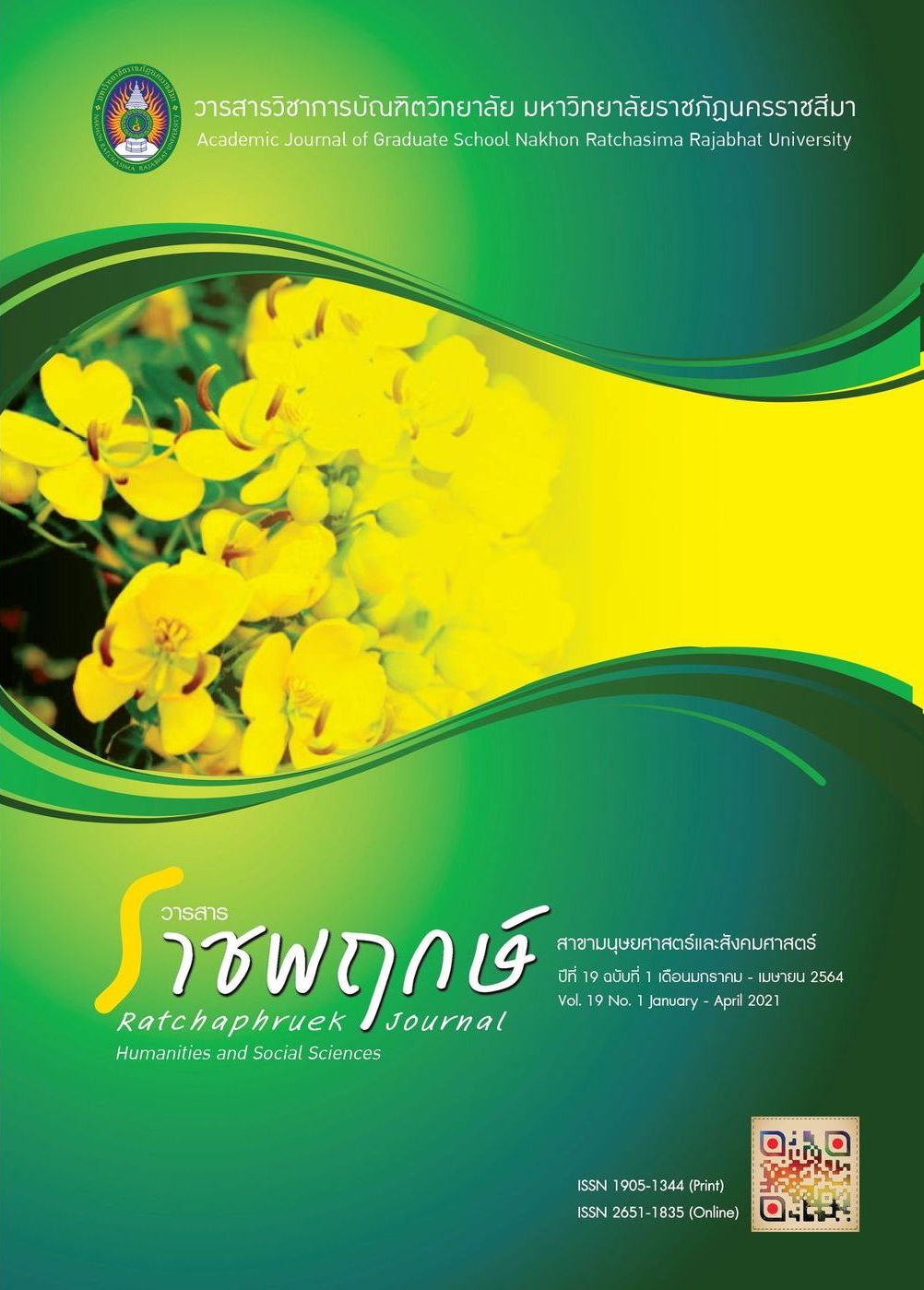The Development of Dual Vocational Education System Management Model under Uttaradit Vocational Education Office
Main Article Content
Abstract
This study was aimed to study 1) management of Dual Vocational Education systems and 2) guidelines for management of Dual Vocational Education systems in Uttaradit Vocational Education Commission. Samples of 191 cases were administrators, supervisors and teachers from Dual Vocational Education systems in
Uttaradit Vocational Education Commission of school year 2018. The researcher classified the samples into 26 administrators, 6 supervisors and 159 teachers.The research tool was questionnaire. Rating Scale about 5 degrees. Reliability levels all of this research 0.95 and index of item objective congruence (IOC) was 0.67-1.00.
The data were analyzed by using frequency (F), percentage (%), mean () and standard deviation (S.D.).
Study results the overall management of Dual Vocational Education systems is at the high level ( =3.70). When considered individually, it was found that leading is the highest average (
= 4.05); control (
=3.75); planning (
= 3.57) and organization management is the lowest average (
= 3.26) 2) Management development guidelines are the colleges and the work places should allocate sufficient budget; the colleges
and the work places should delegate the duties of supervision, monitoring and reporting on a continuous basis, and the evaluation results are used as information for the further development of the effective management of Dual Vocational Education systems in Uttaradit Vocational Education Commission.
Article Details
References
กรมอาชีวศึกษา.
จินตนา รวมชมรัตน์ (2558).รูปแบบการจัดการอาชีวศึกษาระบบทวิภาคีในวิทยาลัยอาชีวศึกษา
สังกัดสำนักงานคณะกรรมการการอาชีวศึกษา. มหาวิทยาลัยราชภัฏกาญจนบุรี
เฉลิมศักดิ์ นามเชียงใต้. (2541). แนวการจัดการอาชีวศึกษาระบบทวิภาคี. สืบค้นจาก: http://www.
pimporn. nsdv.go.th/pr/dvt/d.htm (2557, 11 กรกฎาคม)
ธานินทร์ ศรีชมพู. (2557). การพัฒนารูปแบบการบริหารงานอาชีวศึกษาระบบทวิภาคีในสถานศึกษา
สังกัดสำนักงานคณะกรรมการการอาชีวศึกษา. วารสารศึกษาศาสตร์ มหาวิทยาลัยนเรศวร 16, 3(2557) : 120-131.
นงนุช เพ็ชรชนะ.(2559).การบริหารจัดการอาชีวศึกษาระบบทวิภาคีของวิทยาลัยเกษตรและ
เทคโนโลยีลำพูน.มหาวิทยาลัยเชียงใหม่
วีระชัย ไตรศักดิ์. (2557).การจัดการอาชีวศึกษาระบบทวิภาคีวิทยาลัยเทคนิคนครราชสีมา.สถาบัน
เทคโนโลยีพระจอมเกล้าเจ้าคุณทหารลาดกระบัง
อิสรียา ออสุวรรณ. (2557). แนวทางการริหารการศึกษาอาชีวศึกษาเอกชนระบบทวิภาคี ในเขต
กรุงเทพมหานคร. จุฬาลงการณ์มหาวิทยาลัย
Diamond, M. (2007). Vocational students, engagement and career objectives: assessment
of engagement processes in new vocational students. Pittsburgh: University of Pittsburgh
Parker, E. L. (2008). Factors that contribute to a successful secondary vocational education
program in the state of Mississippi. Mississippi: University of Southern Mississippi.
Robbins, S. P., & Coulter, M. K. (2007). Fundamentalsof Management (9th ed.). Upper Saddle River,NJ: Pearson-Prentice Hall.
Schermerhorn, J. R. (2002). Management. (7 thed.).New York: John Wiley & Sons, Inc.
(Certo, 2000, p.555)
Wenzel, R. P. (2000). Leadership behavior of elementary school principals and teacher in five central savannah river area school districts in Georgia.


